(NLDO) - What NASA calls "Platypus" is not an animal, but could be a hint of where alien life resides.
NASA has released new analysis of a bizarre image of something moving inside the icy crust of Europa, the alien world the agency is planning to send a probe to, Live Science reported.
The "strange object" was named the Platypus, because from above it looked exactly like the head of a platypus.
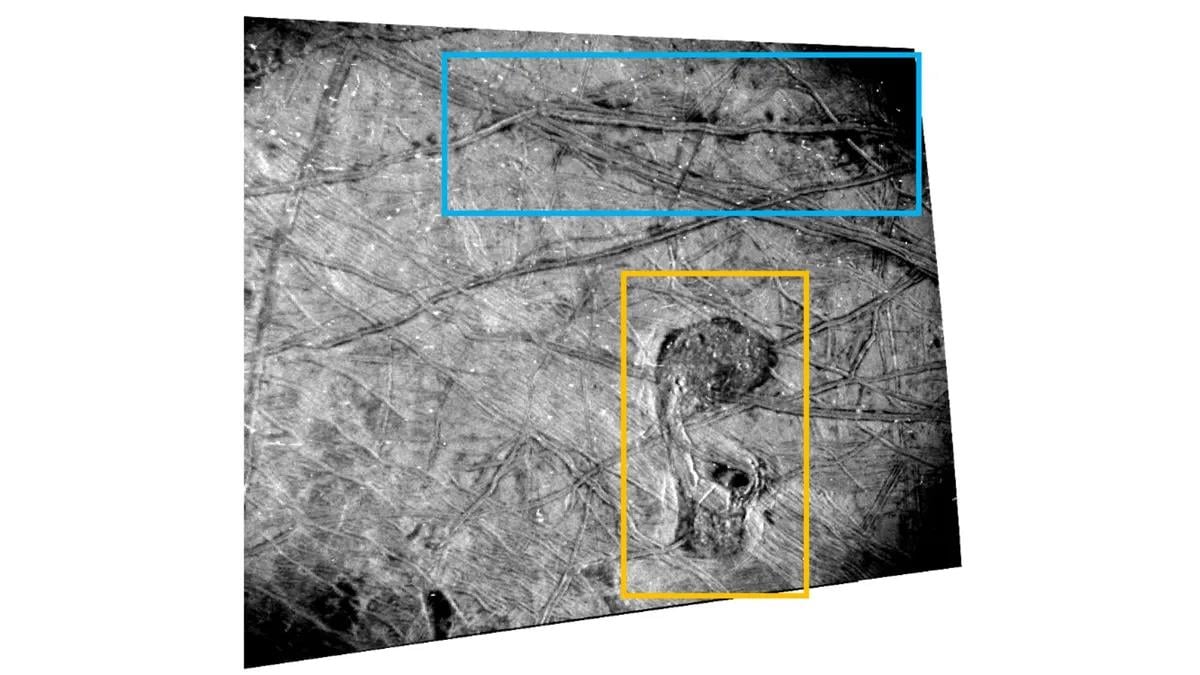
The "Platypus" structure is marked by a yellow rectangle, while the blue rectangle is a ridge that also has traces that suggest it could be where water from the underground ocean seeps out - Photo: NASA
Europa is one of the large faces of Jupiter that NASA believes could harbor life.
Slightly smaller than Earth’s moon, Europa is more like a planet. It has a magnetic field, a thin oxygen atmosphere, and a liquid iron core. It is also thought to have an 18km-thick icy crust that hides a salty ocean underneath.
Could that salty ocean bubble through the ice? The answer may lie in this interesting image of a "Platypus."
"Platypus" is the nickname for an area measuring approximately 37x67 km, containing chaotic terrain including mounds, ridges, ice blocks and dark reddish-brown material.
This is the youngest feature in the region to be imaged. New NASA analysis suggests it may be where Europa's icy crust allows pockets of salty water from the moon's underground ocean to flow into a surface lake.
About 50 km above Platypus is a double ridge running east-west with strange marks around it that look like stains, possibly residue from salty water rising to the surface from Europa's ocean.
So while the Platypus isn't a real platypus, along with the twin ridges above, it does support the theory of a subterranean ocean on Europa that NASA has long believed in.
The movement of this structure also suggests that this moon is not a dead world, but rather is constantly moving like Earth, which makes it capable of harboring life.
Additionally, this could be an area that would allow life-hunting vessels to access water carrying material from the subsurface ocean, which could provide evidence of potential organisms below.
The images were captured by Jupiter's Juno probe. But NASA has plans to take its own close look at Europa with the Europa Clipper mission, scheduled to launch later this year.
Source: https://nld.com.vn/nasa-chup-duoc-thu-mo-vit-di-chuyen-o-the-gioi-ngoai-hanh-tinh-196240529080010424.htm






![[Photo] General Secretary To Lam and National Assembly Chairman Tran Thanh Man attend the 80th Anniversary of the Traditional Day of the Vietnamese Inspection Sector](https://vphoto.vietnam.vn/thumb/1200x675/vietnam/resource/IMAGE/2025/11/17/1763356362984_a2-bnd-7940-3561-jpg.webp)







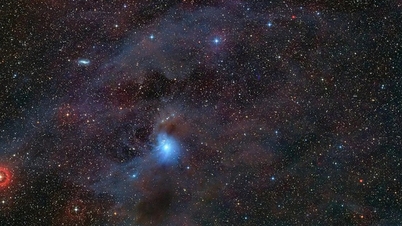

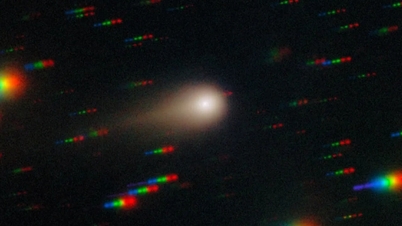



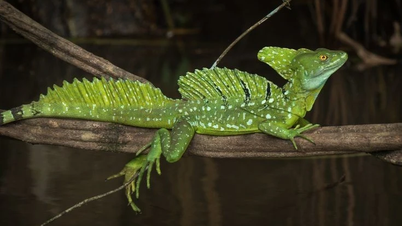






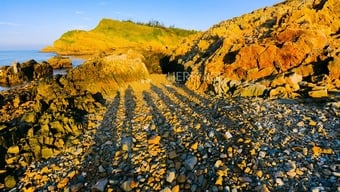








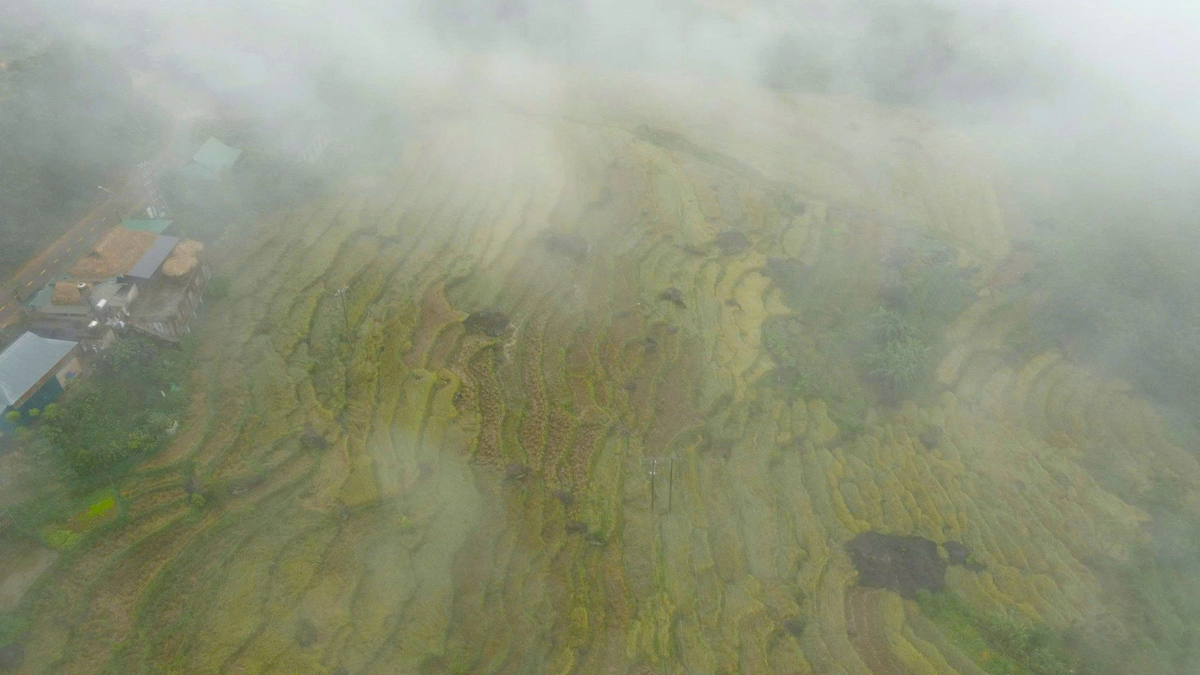












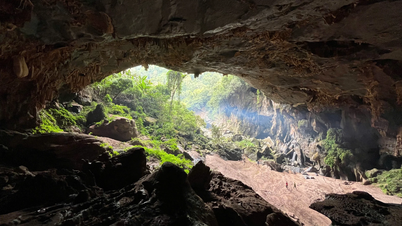












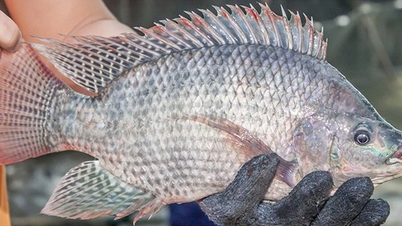
















































Comment (0)